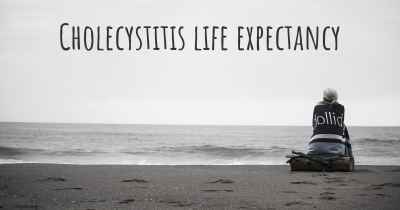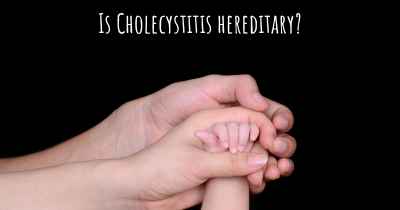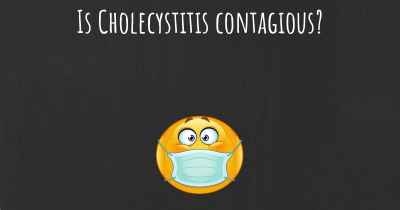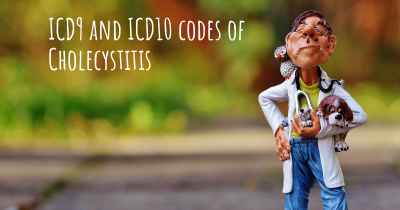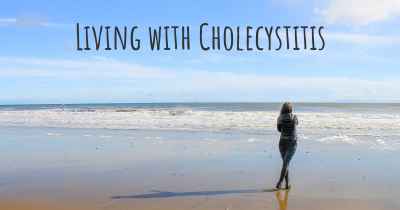4
How is Cholecystitis diagnosed?
See how Cholecystitis is diagnosed. Which specialists are essential to meet, what tests are needed and other useful information for the diagnosis of Cholecystitis
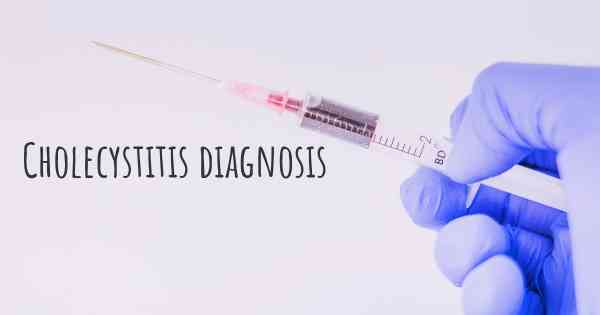
Cholecystitis is diagnosed through a combination of medical history, physical examination, and diagnostic tests. The process begins with the healthcare provider gathering information about the patient's symptoms, medical history, and any risk factors. They will inquire about the presence of symptoms such as severe abdominal pain, fever, nausea, and vomiting, which are common indicators of cholecystitis.
During the physical examination, the healthcare provider may palpate the abdomen to check for tenderness or swelling. They may also look for signs of jaundice, which can occur if the gallbladder inflammation has led to a blockage in the bile ducts.
To confirm the diagnosis and rule out other possible conditions, several diagnostic tests are typically performed. Blood tests are commonly conducted to assess the levels of certain enzymes and markers that can indicate gallbladder inflammation. Elevated levels of white blood cells and liver enzymes may suggest cholecystitis.
Imaging tests play a crucial role in diagnosing cholecystitis. Ultrasound is often the initial imaging test of choice as it is non-invasive and can provide detailed images of the gallbladder. It helps identify gallstones, thickening of the gallbladder wall, and signs of inflammation.
In some cases, additional imaging tests may be required. Computed tomography (CT) scan can provide more detailed images and help evaluate complications such as abscesses or perforation. Magnetic resonance cholangiopancreatography (MRCP) is another imaging technique that can visualize the bile ducts and identify any blockages or abnormalities.
In certain situations where the diagnosis remains uncertain, a cholescintigraphy or HIDA scan may be performed. This test involves injecting a radioactive tracer into the patient's vein, which is then taken up by the gallbladder. The tracer allows visualization of the gallbladder's function and can help determine if it is inflamed or blocked.
Once a diagnosis of cholecystitis is confirmed, appropriate treatment can be initiated. It is important to consult a healthcare professional for an accurate diagnosis and personalized treatment plan.
Diseasemaps
